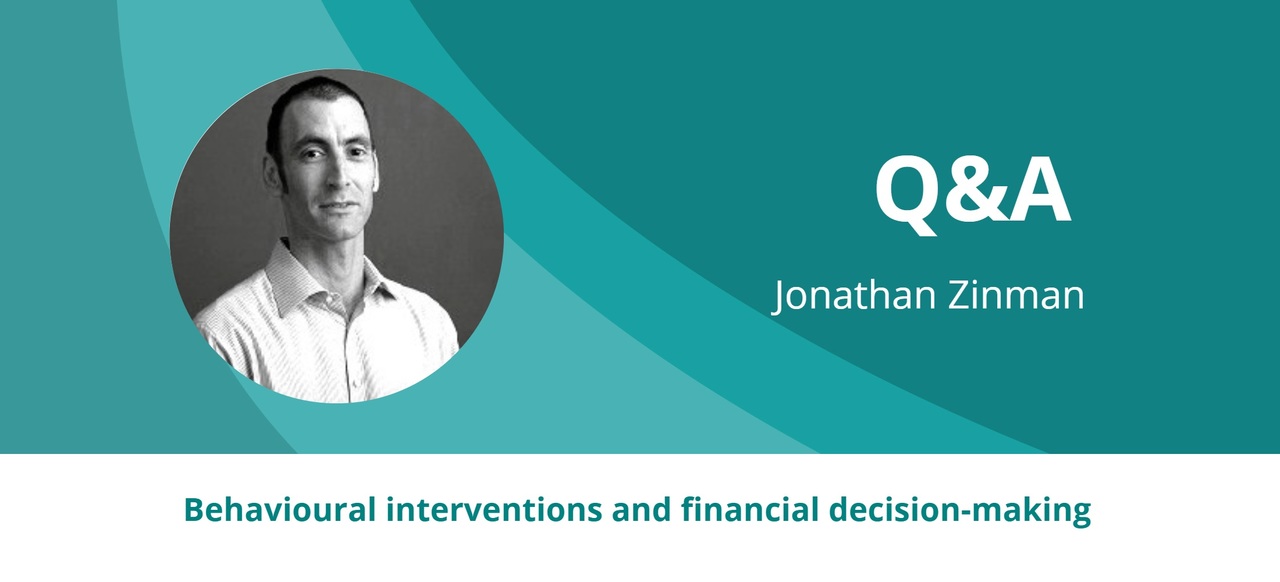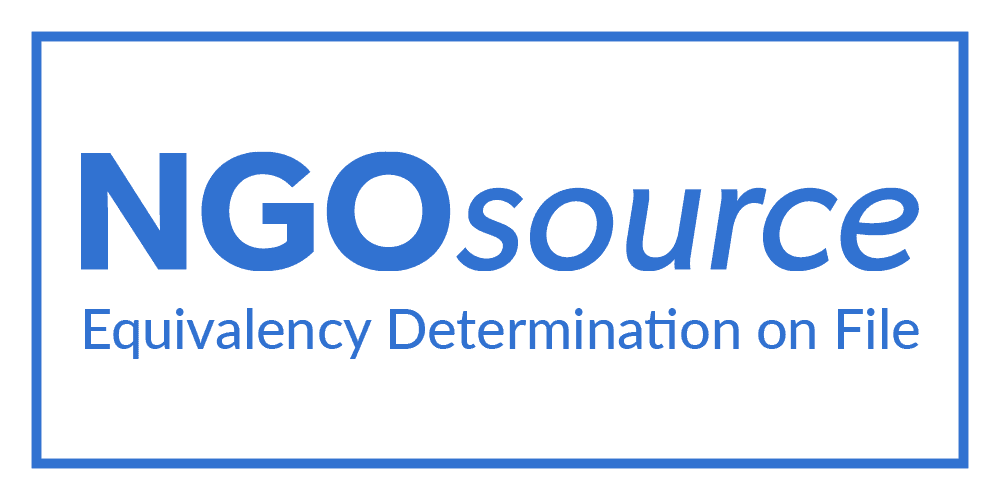
Risk, Remittances and Integrity Programme
The five-year RRI programme is a partnership between FSD Africa and Cenfri. Its aim is to improve welfare and boost investment growth in sub-Saharan Africa. To achieve this, it works to strengthen the integrity and risk management role of the financial sector and to facilitate remittance flows within and into



















